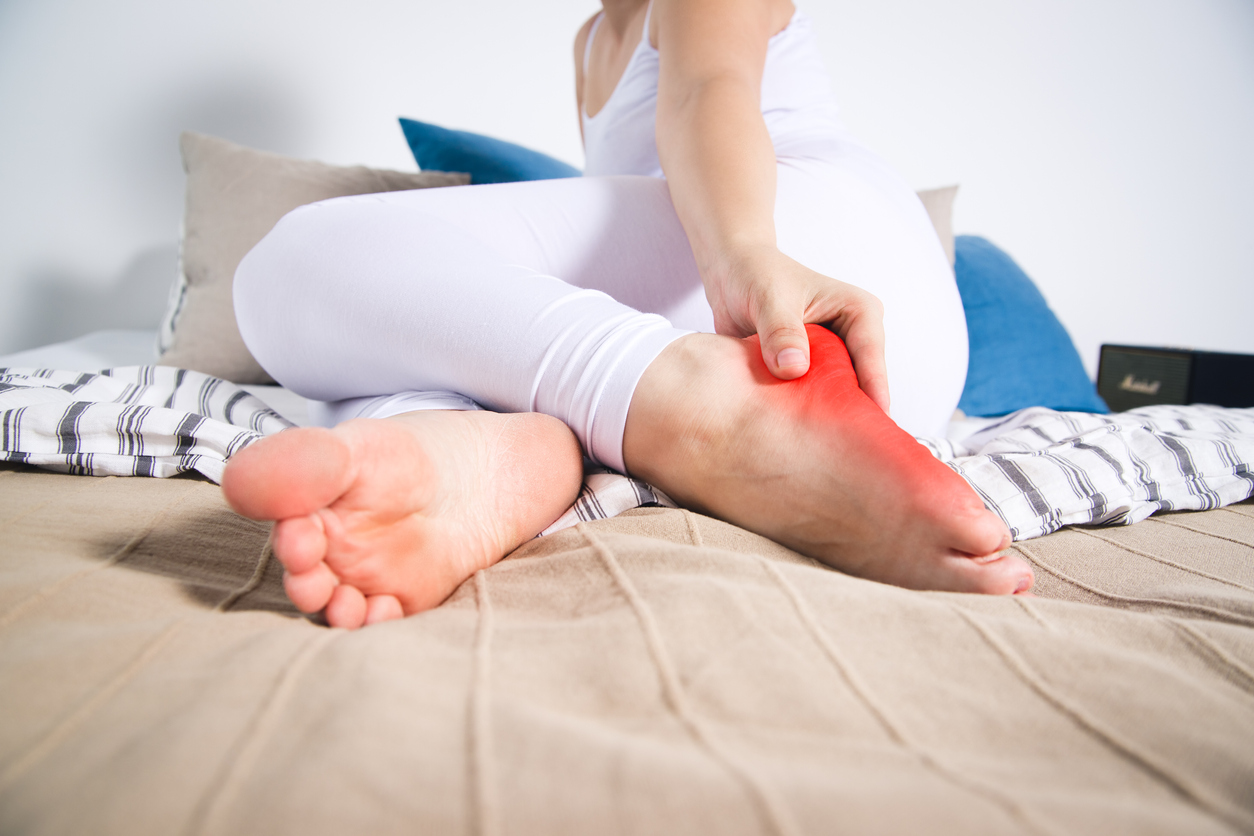
Foot pain is one of the many complications that patients with diabetes often develop. In addition to making changes to your lifestyle and closely monitoring your blood sugar levels, a critical part of diabetes management is checking your feet regularly.
Check for scrapes, cuts, sores, pain – any sign that points to a wound or an infection developing on or around your feet. If you find anything, see your doctor.
In type 2 diabetes, there is a very real danger of losing a limb if you develop an infected wound. Let’s talk about why patients with type 2 diabetes often suffer from diabetic foot pain and who you can talk to about maintaining a healthy body despite diabetes.
Peripheral Neuropathy and Diabetes
Diabetic foot pain is mainly due to a condition called peripheral neuropathy. Approximately 50% of people who have type 2 diabetes will develop peripheral neuropathy, which happens when high blood sugar levels cause damage to the nerves in the legs and the feet. (Whereas the central nervous system comprises the brain and spinal cord, the peripheral nervous system comprises the nerves throughout the limbs and the rest of the body.)
If you are frequently feeling foot pain, your type of neuropathy may be sensory, where even the slightest touch can cause overwhelming pain. The reaction is not proportional to the stimulus, because the nerves are overly sensitive.
Another type of peripheral neuropathy is motor neuropathy, wherein the nerves that connect to the muscles are weakened and therefore hurt. As a result, it may be a challenge to balance yourself with weakened legs and feet. This imbalance may lead to the development of corns, calluses, cuts, scrapes, and swelling.
For diabetics with motor neuropathy, customized orthotics may help address the balance issues and prevent the development of other foot issues. It’s important that you keep your muscles in use so that your legs and feet stay strong.
Poor Circulation in the Feet
Patients with type 2 diabetes may also have circulation issues. Healthy circulation is important in bringing oxygen to the tissues and also in wound healing, even the smallest of wounds. The effect of high blood sugar levels to the capillaries, veins, and arteries is why type 2 diabetes patients have slow-healing wounds.
Another effect of poor circulation is pain and numbness in the lower extremities. This is because the blood flow to the legs may be blocked, and the tissues become starved of oxygen – making your legs and feet feel tightly squeezed.
Diabetic Foot Pain Relief in North Dakota
If you have diabetic foot pain, ankle pain, arthritis, or a musculoskeletal injury, our orthopedic doctors are ready to help you. From traditional treatments to complex surgeries, our team of surgeons and medical staff have the skills and experience to bring you relief from your diabetic foot symptoms.
The Bone & Joint Center has convenient offices located across North Dakota. If you have any questions or would like to request an appointment, contact our friendly team today by calling us at (800) 424-2663 or by filling out our easy-to-use appointment request form online now. We look forward to helping you maintain healthy feet and overall wellness.

